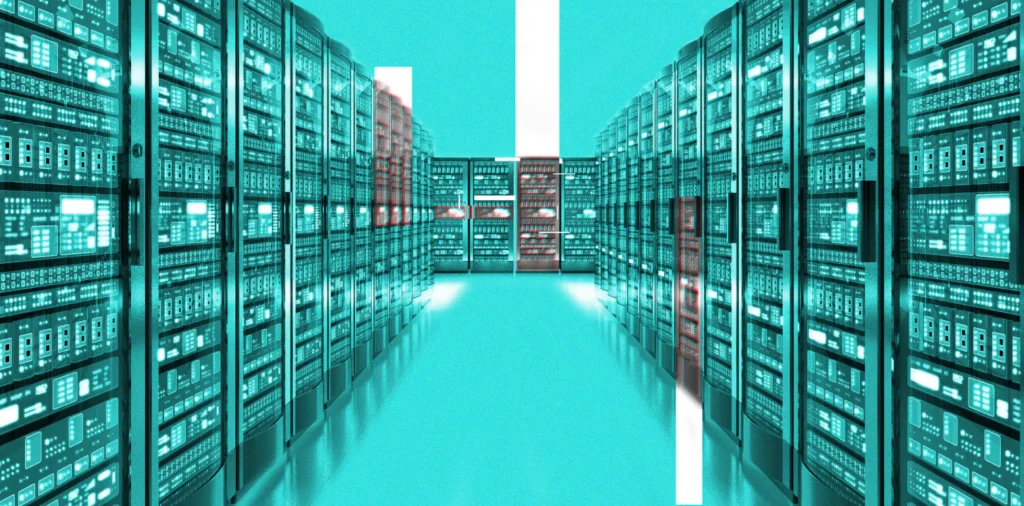In a digital age, where the opinion of the masses can move as fast as a tweet, brands, governments, and institutions can no longer afford to track media in a reactive manner. They require real-time media monitoring beyond the gathering of mentions, but one that will derive insights, predict trends, and notify decision-makers at critical moments in time.
This pressure has led to a new breed of smart media trackers: platforms that are founded on advanced data stacks that integrate automation, AI, and analytics. So what really drives these tools behind the curtain?
In this article, we give you a tour of the technology stack of the new generation media tracking systems and how they turn chaotic data into strategic insights.
The Core Purpose of a Media Tracker
In essence, a media tracker is meant to scan and monitor the presence of certain keywords, brands, people, or issues in the digital space, in the traditional media, and on social media in almost real time. Although the initial media monitoring tracking heavily depended on human curators and the use of simple keywords, the current systems are designed in a way that they are fast, large, and nuanced.
The most effective platforms not only inform you of what is being said, but they aid in describing why it is important and how to act.
Key Components of a Modern Media Tracking Stack
Let’s break down what powers today’s most effective media monitoring and tracking systems:
1. Content Aggregation Engine
An effective media tracking system begins with a thorough data collection:
- Millions of world sources (news sites, blogs, forums, etc.) are scanned by news aggregators and open web crawlers.
- Social APIs extract real-time data on Reddit, X (formerly Twitter), Facebook, and YouTube
- Broadcast transcription software turns audio from television, radio, and podcasts into searchable text
- Print digitization involves scanning the content of legacy media
This broad fishing net means that no significant mention can be missed, whether it is in the front page of The New York Times or a post in the subreddit that is gaining momentum.
2. AI Classification & Natural Language Processing (NLP)
After the data has been gathered, the system must know the context. This is the point where Natural Language Processing (NLP) is used:
- Entity recognition recognizes names, brands, places, and events
- Sentiment analysis is the analysis of tone, positive, neutral, or negative
- Emotion detection (on more sophisticated platforms) can capture more subtle signals such as anger, humor, or excitement
- The topic clustering links similar mentions across channels in order to create narrative threads
These AI capabilities convert raw mentions into usable media intelligence, so users can detect trends, emerging risks, or PR opportunities in real-time.
3. Real-time Media Monitoring Infrastructure
The infrastructure on which it runs should be quick and capable of scaling to enable realtime media tracking. Top platforms are implemented:
- High-frequency crawlers to identify changes in real time
- Stream processing frameworks (such as Apache Kafka) to ingest and transform data instantly
- Elasticity and uptime cloud-native architecture
- CDNs (Content Delivery Networks) in order to minimize the latency on a global scale
Without this tech stack, a 10-minute delay in a brand crisis may lead to a loss of revenue, loss of trust or uncontrolled virality. That is why realtime media monitoring is not an option anymore, it is mission-critical.
4. Intelligent Alerting & Dashboards
The most effective media monitoring tracking systems do not engulf you with mentions. They also have priorities and package information in a manner that will cause clarity rather than confusion.
Features include:
- Custom alert level (by sentiment, source or volume spike)
- Executive, PR and risk officer-specific role-based dashboards
- Daily briefs that are automated and summarize what changed, what is trending and what to watch
- Benchmarking tools to compare media footprint to competitors or previous campaigns
This end user layer changes information overload to strategic insight.
5. Analytics & Historical Insights
Media tracking is not only about the present, it is also about the past in order to learn and plan.
The best sites are:
- Trend timelines to monitor how stories change week by week or even a month by month
- Action scoring to determine media reach, tone and virality potential
- Comparisons of share of voices on topics, competitors, or spokespersons
- Post event analysis and process improvement modules (crisis review)
These functionalities make sure that media monitoring helps not only to respond to the crisis, but also to long-term brand health and market positioning.
Real-World Impact of Smart Media Tracking
What about a retail brand that is introducing a new product line? With a real-time media monitoring tracking tool, they discover:
- An anti-packaging waste thread in Reddit
- A local news coverage that lauds the affordability of the product
- One million view TikTok unboxing video
- Increased optimism in Twitter references
By responding to these cues, the brand will revise its messages, increase its collaboration with influencers, and draft sustainability communication responses to the possible backlash, all in 24 hours.
Such responsiveness could not happen without intelligent real-time media monitoring.
Conclusion: It’s Not Just Tracking—It’s Intelligence
The finest media trackers being used today do more than just provide monitoring dashboards; they are strategy command centers. They consume powerful crawling, natural language processing, machine learning, and fast infrastructure to convert disjointed digital noise into coherent and actionable insights.
The more the volume and velocity of media content increases, the more the companies that invest in real-time media monitoring will gain a strong advantage of seeing risks before they blow up, trends before they become popular and the whole media picture rather than a part of it.
Since in the contemporary world, monitoring the media implies knowledge of the world.
